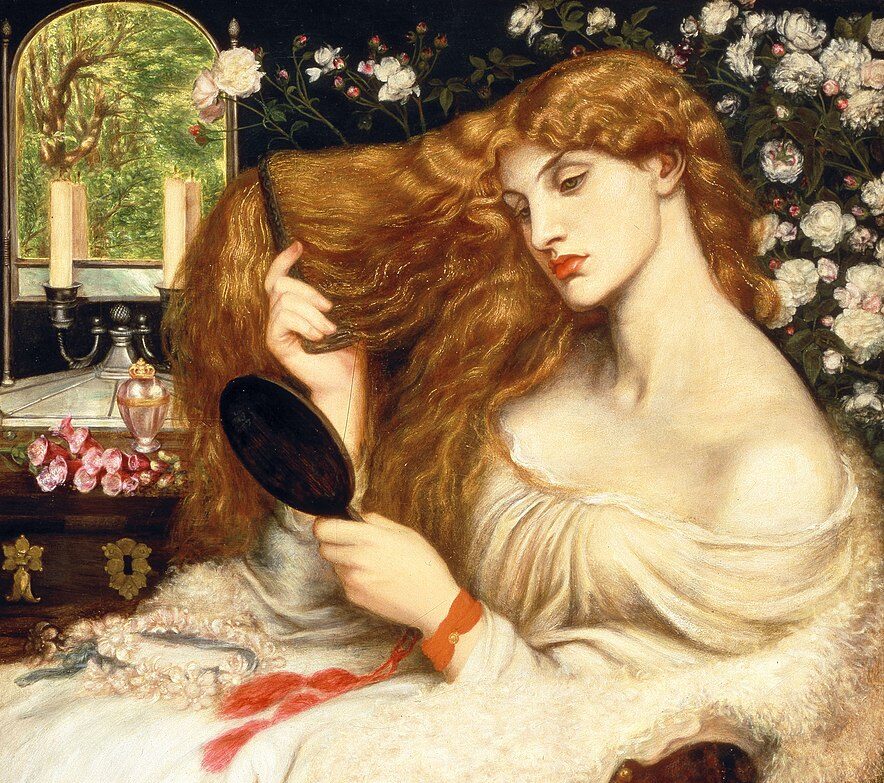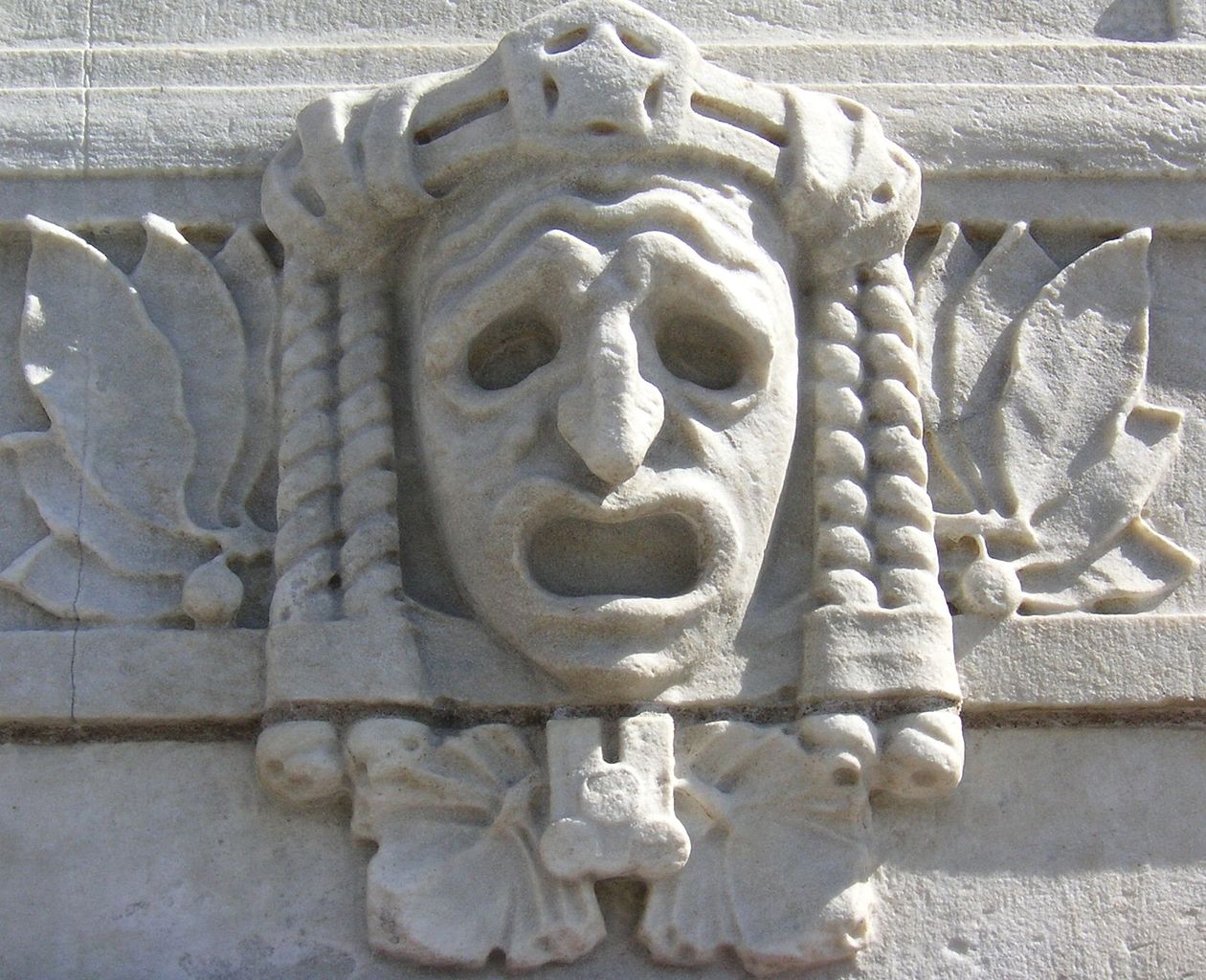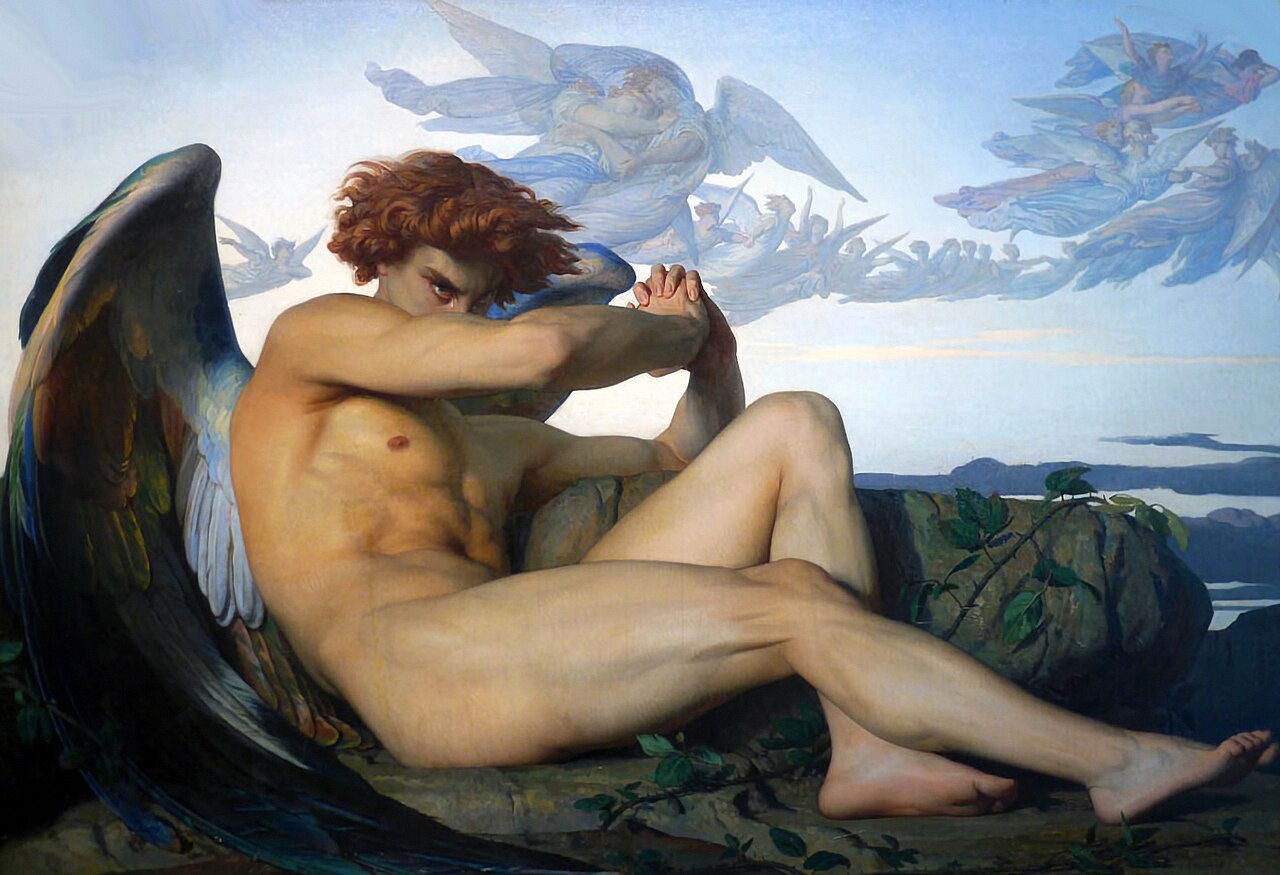Demonic Figures and Concepts of Evil
Demonic Figures and Concepts of Evil delves into the dark and complex narratives of Christian mythology, exploring the origins, symbolism, and cultural impact of demonic entities and the concept of evil. This category examines the fall of Lucifer, the evolving portrayal of Satan across biblical texts, and the role of demons in exorcisms, apocalyptic literature, and medieval thought. It also highlights personifications of evil in art and folklore, the significance of possession myths, and the historical connections between demons, witchcraft, and the Inquisition. By analyzing demonic hierarchies, legendary figures like Beelzebub, and depictions of Hell, this category provides a comprehensive exploration of how humanity has grappled with the presence of evil and its moral, theological, and cultural implications.
Lilith stands as one of the most captivating figures at the intersection of Jewish and Christian mythological traditions. Over the centuries, her image has spanned various interpretations—ranging from a night demon, to Adam’s first wife, to a powerful emblem
Within Christian Mythology, questions about evil and suffering have persisted for centuries. Across Roman Catholic traditions, segments of Eastern Orthodoxy, and a variety of Protestant denominations, believers and non-believers alike have wondered how a
The myth of Lucifer’s fall has long fascinated humanity, combining themes of celestial rebellion, unchecked ambition, and ultimate downfall. Widely regarded as a cornerstone of Christian mythology, the story of Lucifer depicts his transformation from a...



